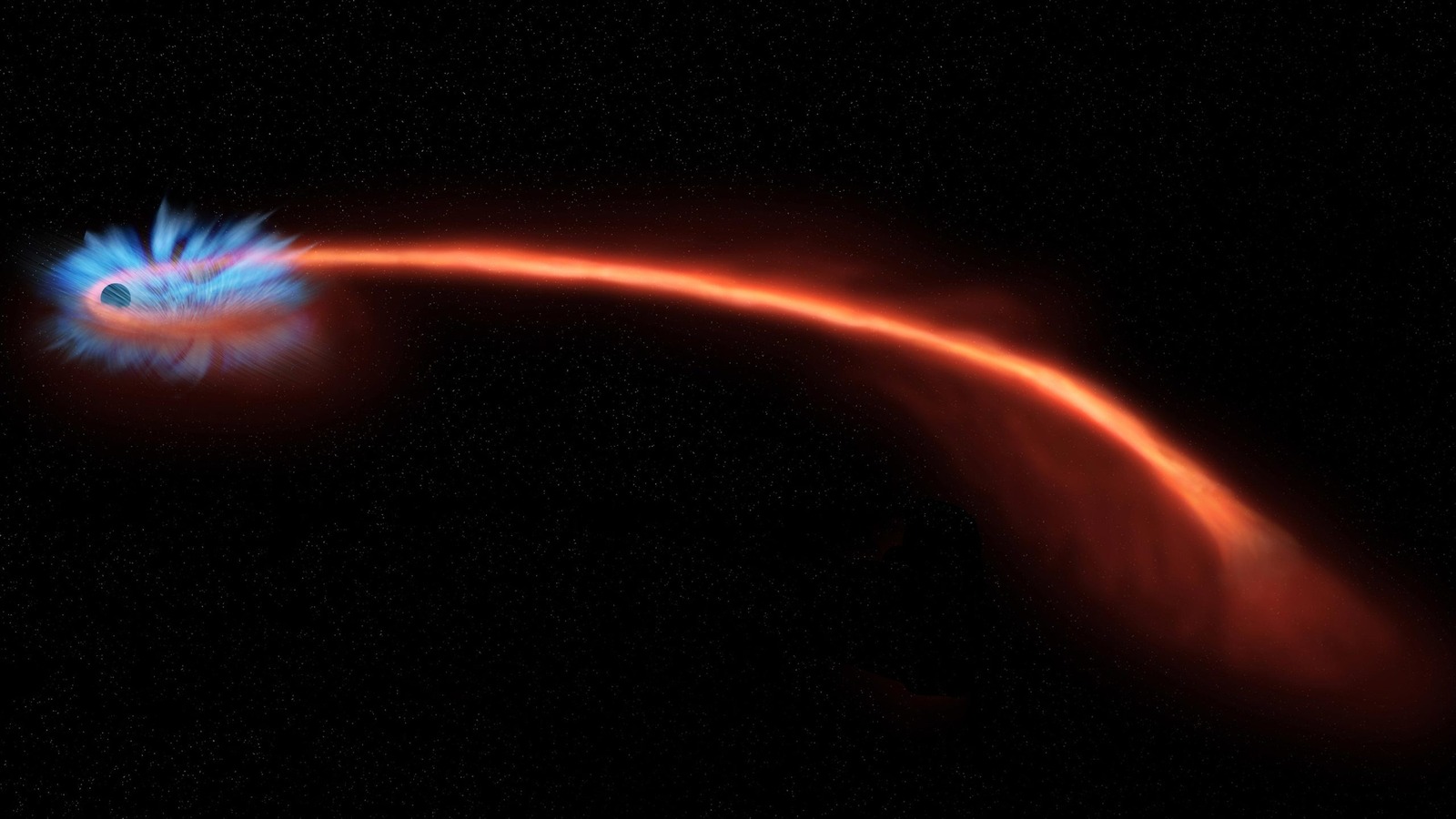
When a star gets close to a black hole and is ripped apart, a large amount of its matter is thrown outward at huge speeds of up to 10,000 kilometers per second. This matter forms a cloud of gas around the black hole in a spherical shape, which makes the event hard to observe as the gas blocks much of the view.
To understand more about how this process happened in the case of 2019 observations, researchers looked at the polarization of the light. Polarization refers to the direction in which the light waves vibrate, and by looking at it the researchers could see that the cloud of gas was symmetrically spherical (via University of California, Berkeley). This was the first time that the shape of such a gas cloud had been ascertained, according to another of the researchers, Alex Filippenko of University of California, Berkeley.
This finding also helps to support the theory that these spaghettification events are accompanied by strong winds of gas blowing away from the black hole. “People have been seeing other evidence of wind coming out of these events, and I think this polarization study definitely makes that evidence stronger, in the sense that you wouldn’t get a spherical geometry without having a sufficient amount of wind,” said lead author Kishore Patra, also of University of California, Berkeley. “The interesting fact here is that a significant fraction of the material in the star that is spiraling inward doesn’t eventually fall into the black hole — it’s blown away from the black hole.”
Stay connected with us on social media platform for instant update click here to join our Twitter, & Facebook
We are now on Telegram. Click here to join our channel (@TechiUpdate) and stay updated with the latest Technology headlines.
For all the latest Entertainment News Click Here
